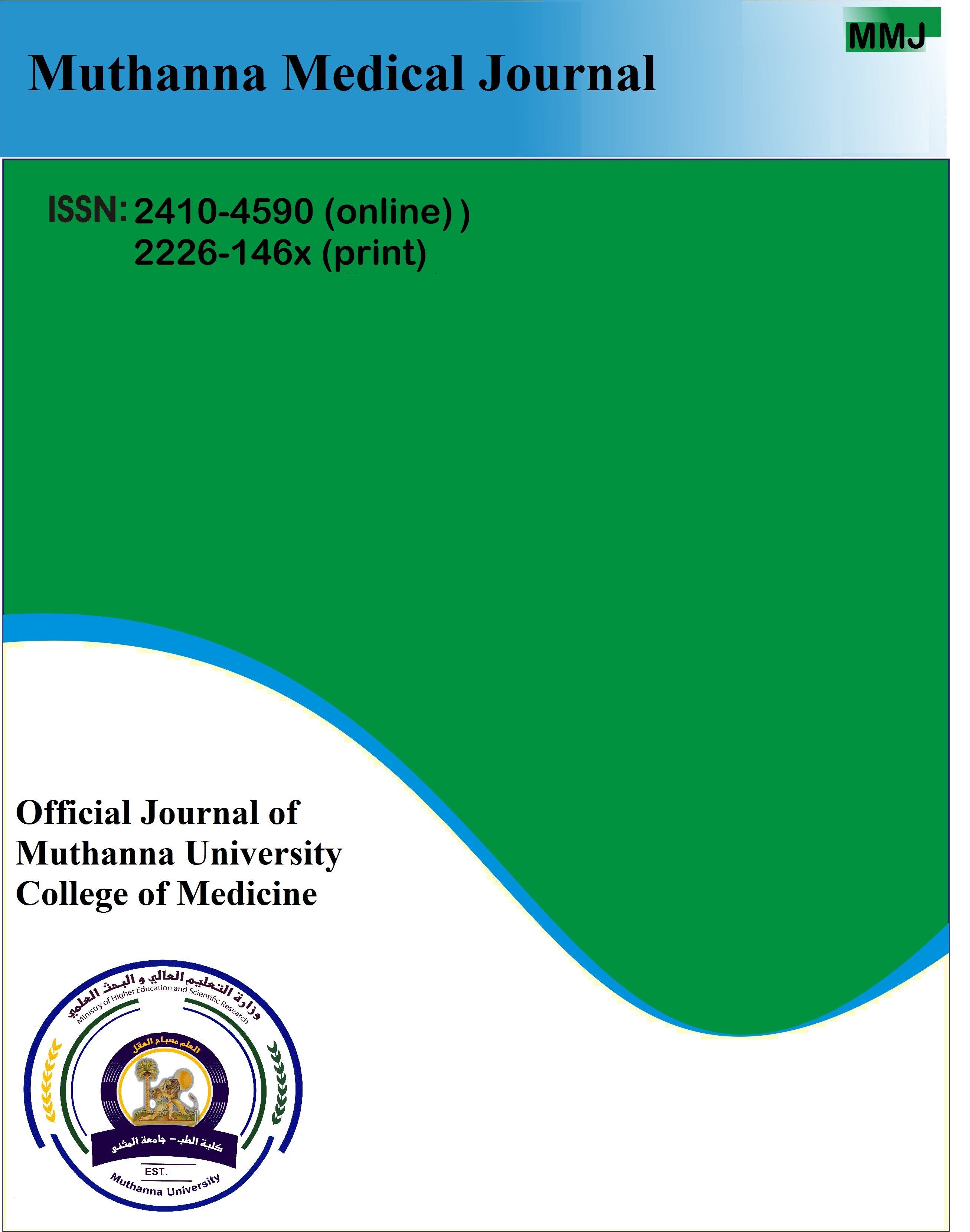Muthanna Medical Journal

Volume 9, Issue 1, 2022 Page 68-73
http://dx.doi.org/10.52113/1/1/2022-68-73
Haifaa B Najee ¹, Shaimaa MS Zainulabdeen
Correspondence author: haifaa.najee@mu.edu.iq
¹ Department of Microbiology, Al Muthanna Medical College, Al Muthanna University.
Received 22 April 2022, Accepted 13 June 2022, Available online 30 June 2022.
Copyright © 2022 HN . This is article distributed under the terms of the Creative Commons Attribution License http://creativecommons.org/licenses/by/4.0), which permits unrestricted use, distribution, and reproduction in any medium, provided the original work is properly cited.
Abstract
The novel coronavirus infectious disease-2019 (COVID-19), caused by severe acute respiratory syndrome coronavirus 2 (SARS-CoV-2) has traumatized the whole world with the ongoing devastating pandemic. A plethora of microbial domains including viruses (other than SARS-CoV-2), bacteria, archaea and fungi have evolved together, and interact in complex molecular pathogenesis along with SARS-CoV-2. However, the involvement of other microbial co-pathogens and underlying molecular mechanisms leading to extortionate ailment in critically ill COVID-19 patients has yet not been extensively reviewed. Although, the incidence of co-infections could be up to 94.2% in laboratory-confirmed COVID-19 cases, the fate of co-infections among SARS-CoV-2 infected hosts often depends on the balance between the host’s protective immunity and immunopathology. Predominantly identified co-pathogens of SARS-CoV-2 are bacteria such as Streptococcus pneumoniae, Staphylococcus aureus, Klebsiella pneumoniae, Haemophilus influenzae, Mycoplasma pneumoniae, Acinetobacter baumannii, Legionella pneumophila . The cross-talk between co-pathogens (especially lung microbiomes), SARS-CoV-2 and host is an important factor that ultimately increases the difficulty of diagnosis, treatment, and prognosis of COVID-19.
Keywords: COVID-19, Bacterial Coinfection